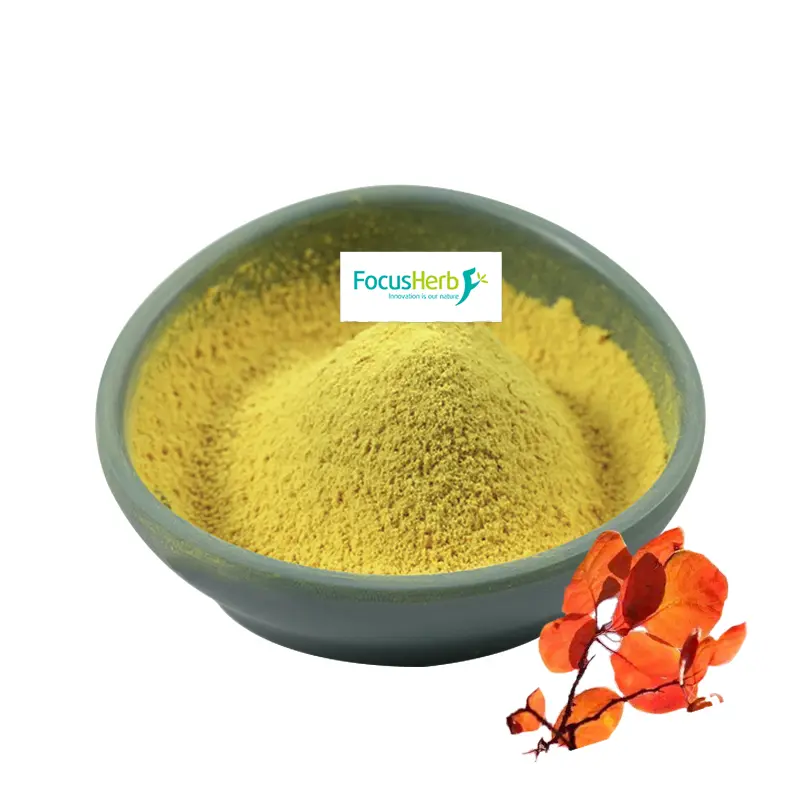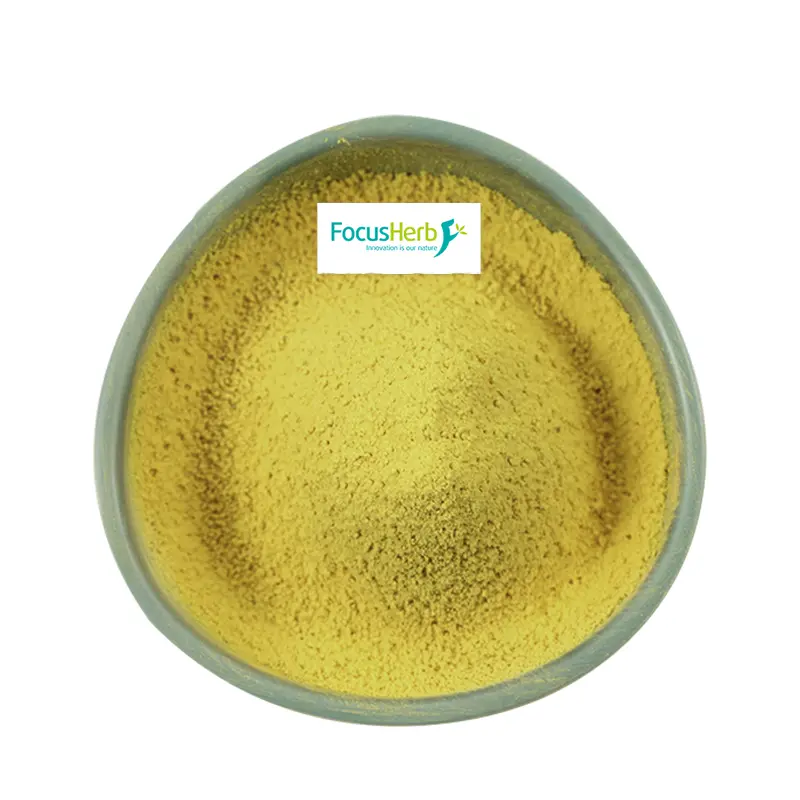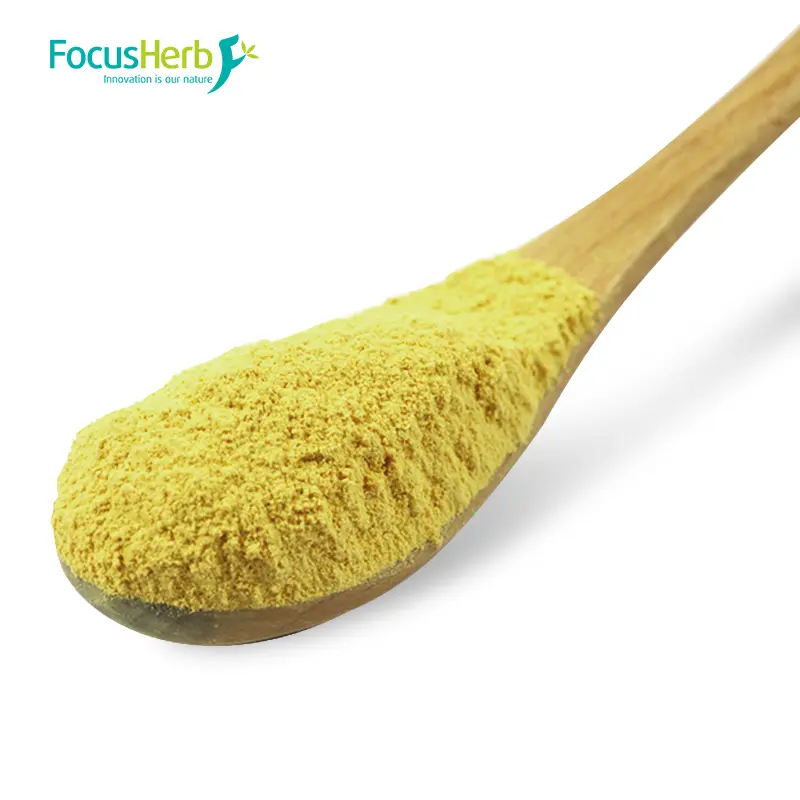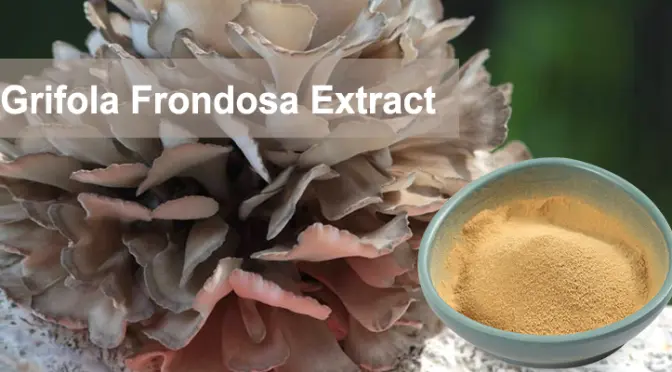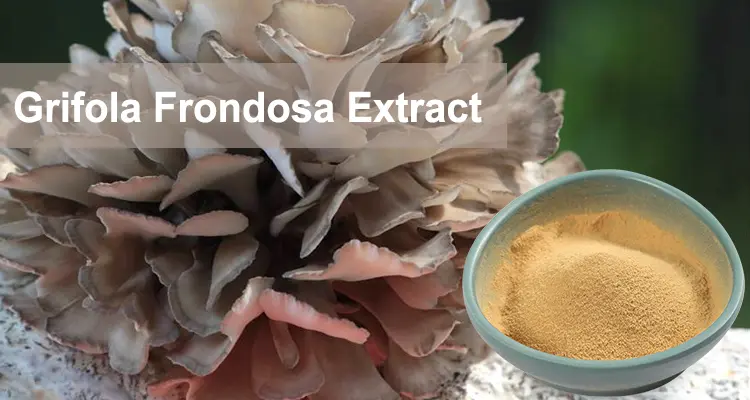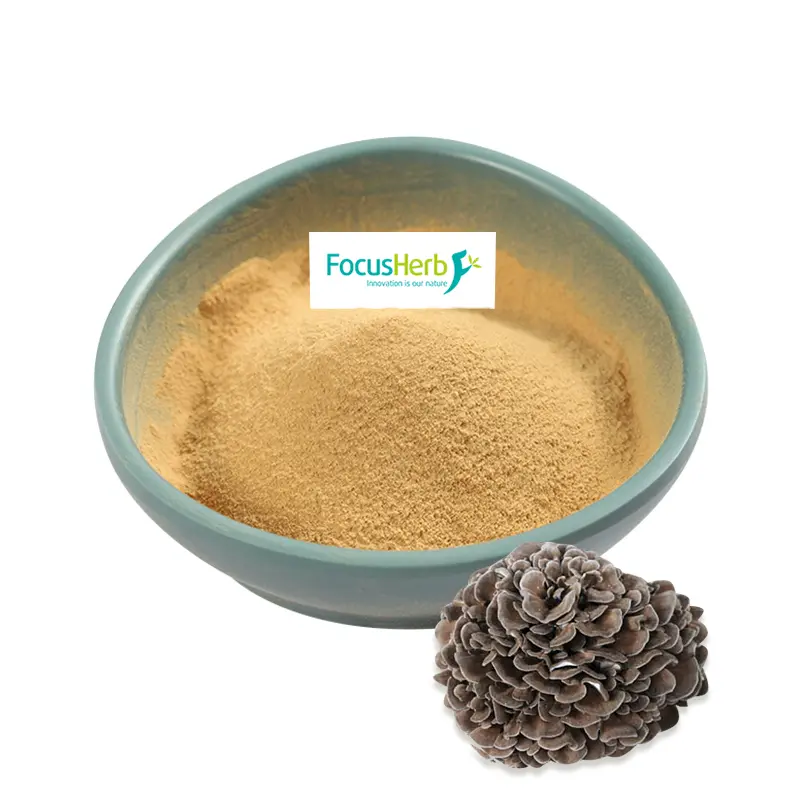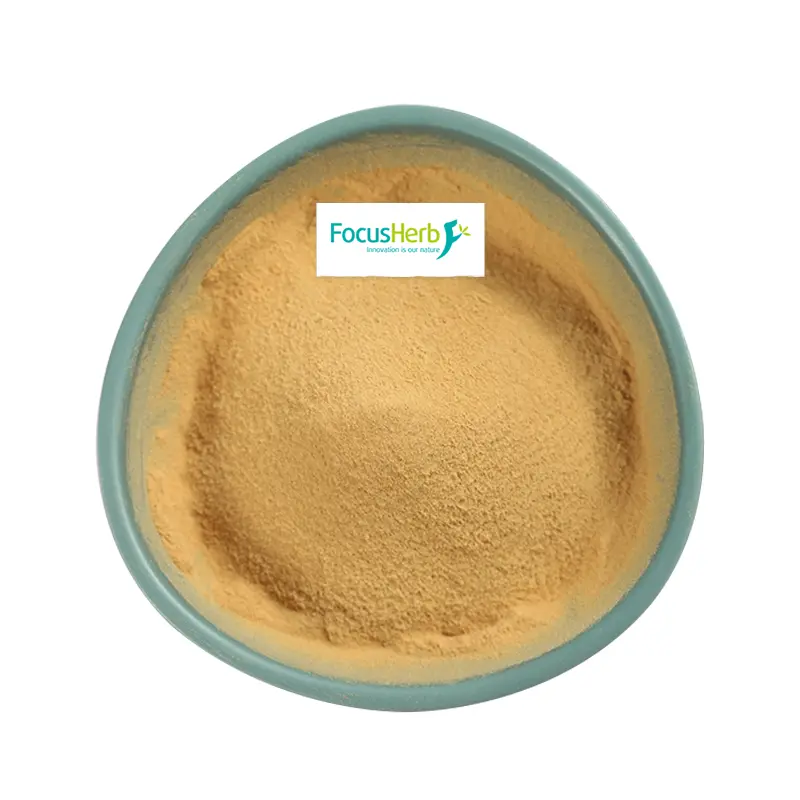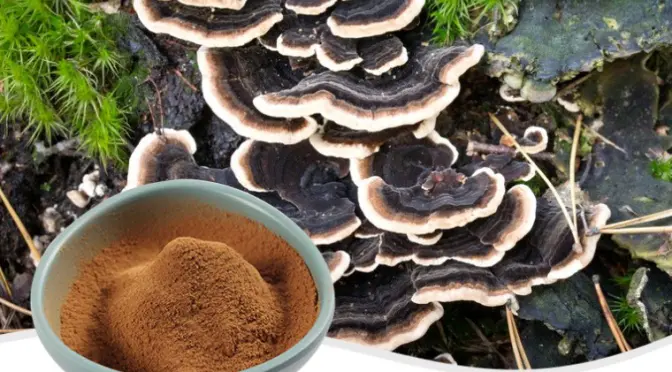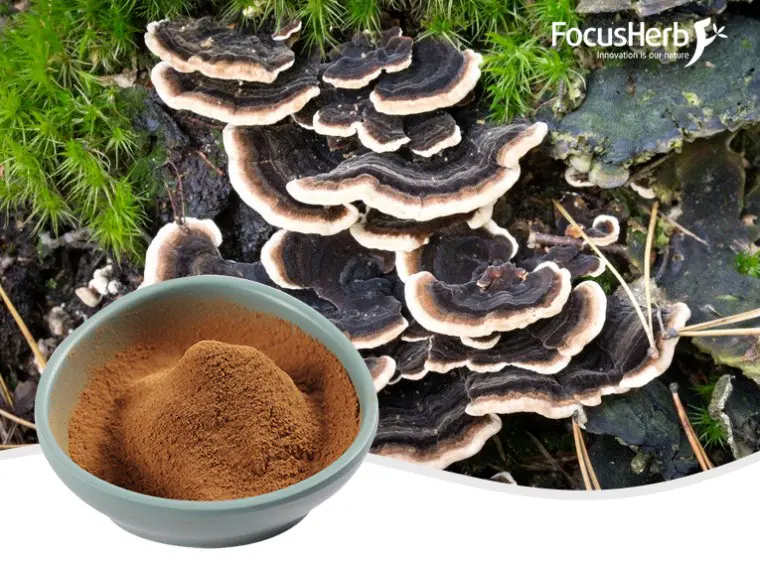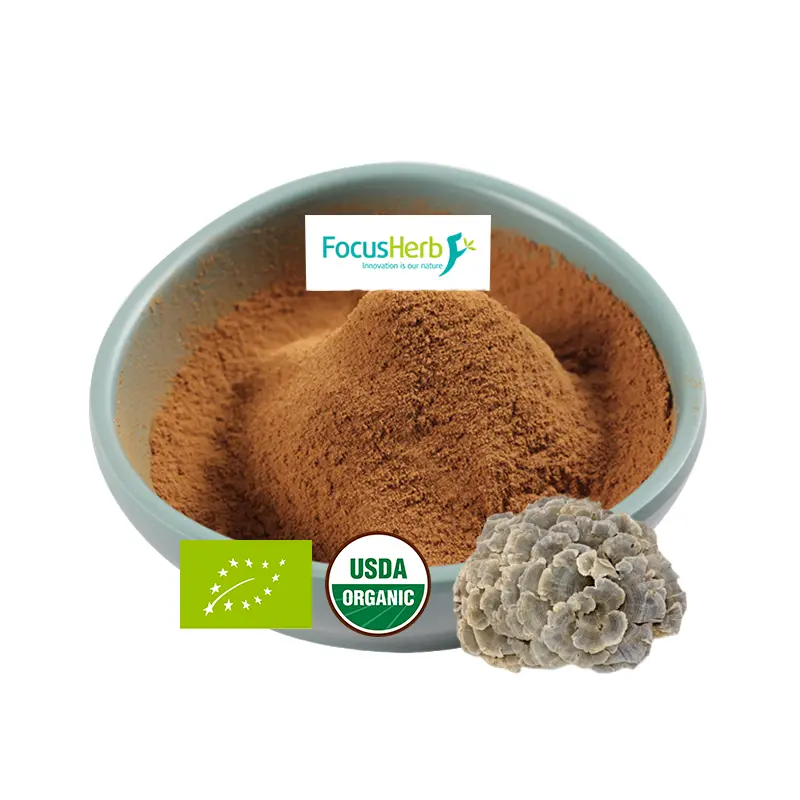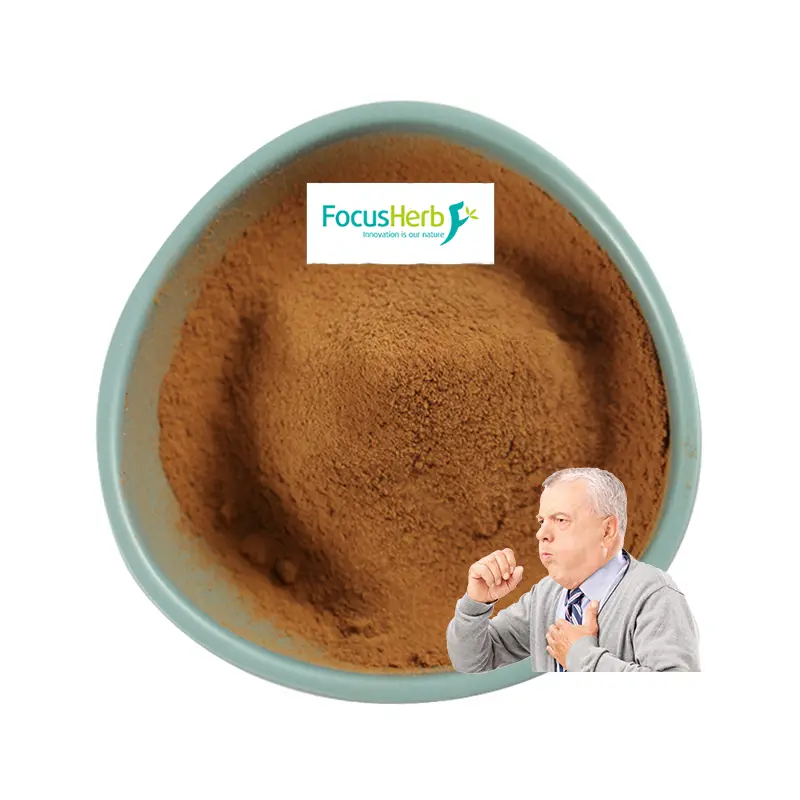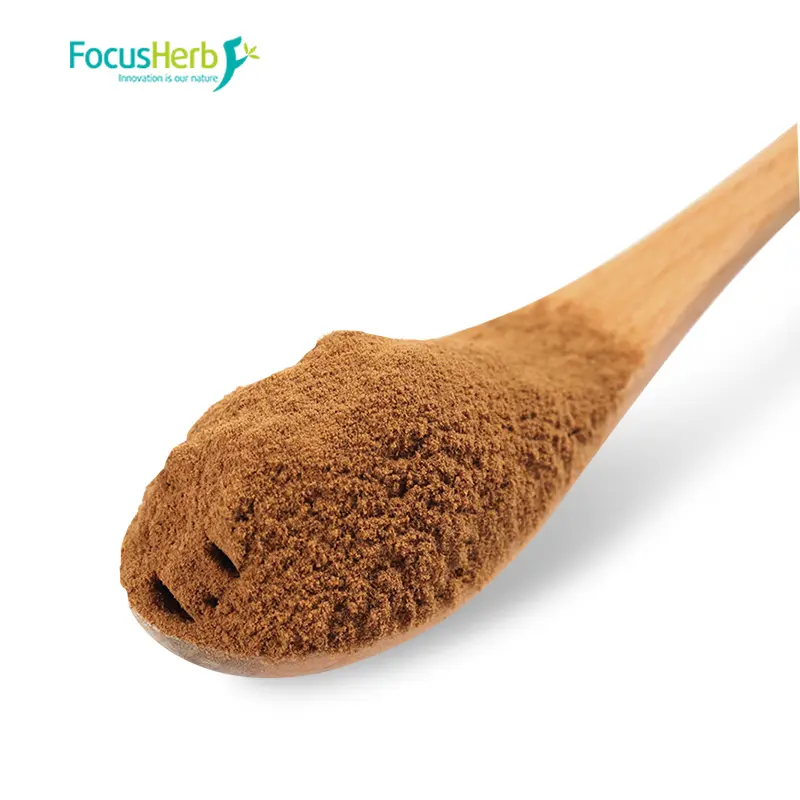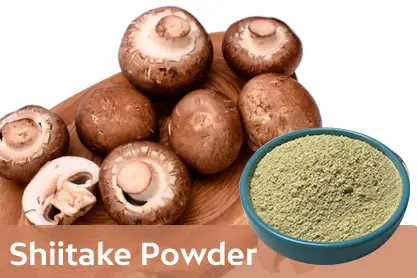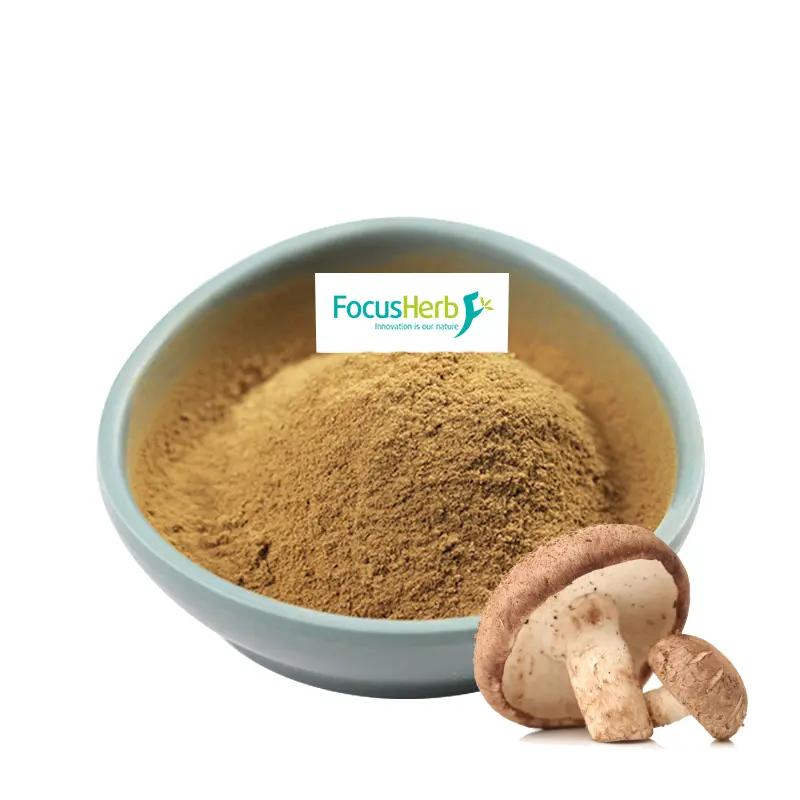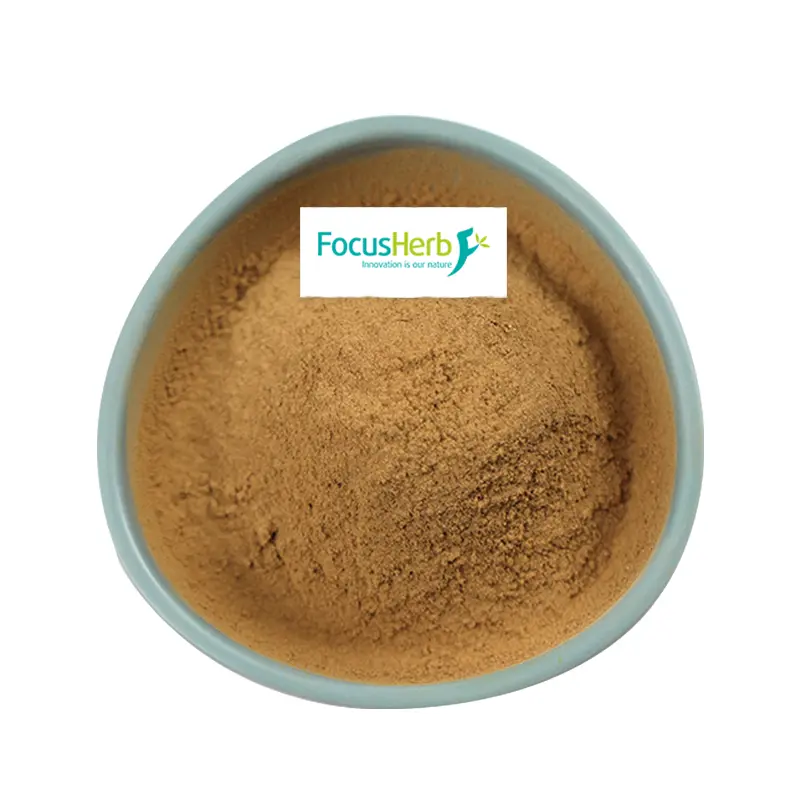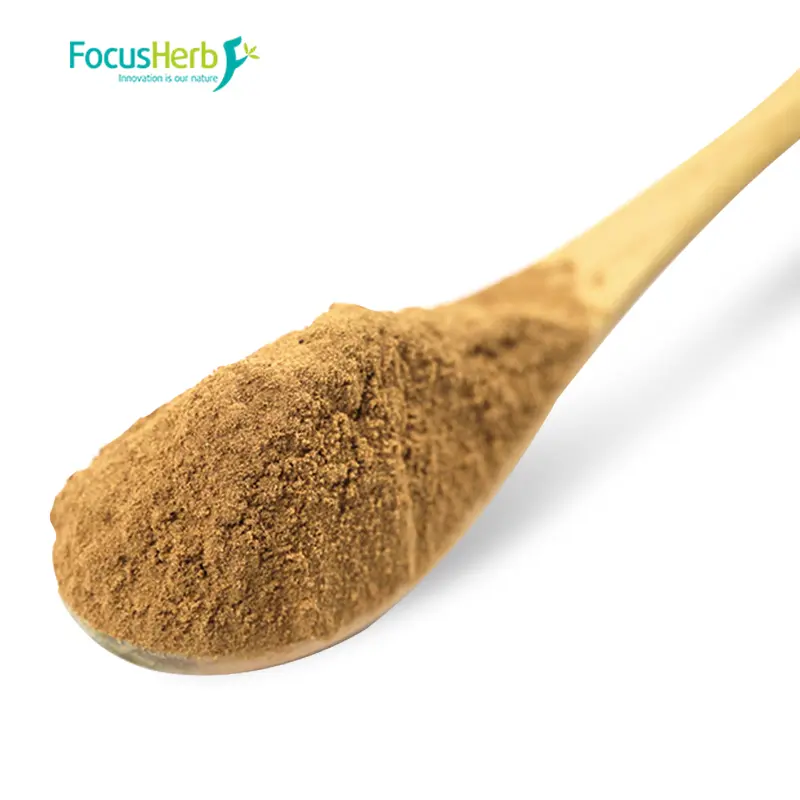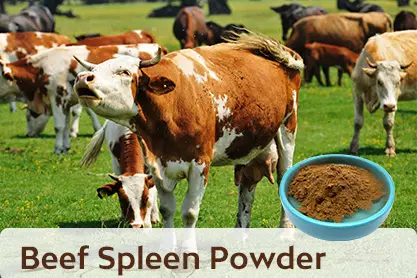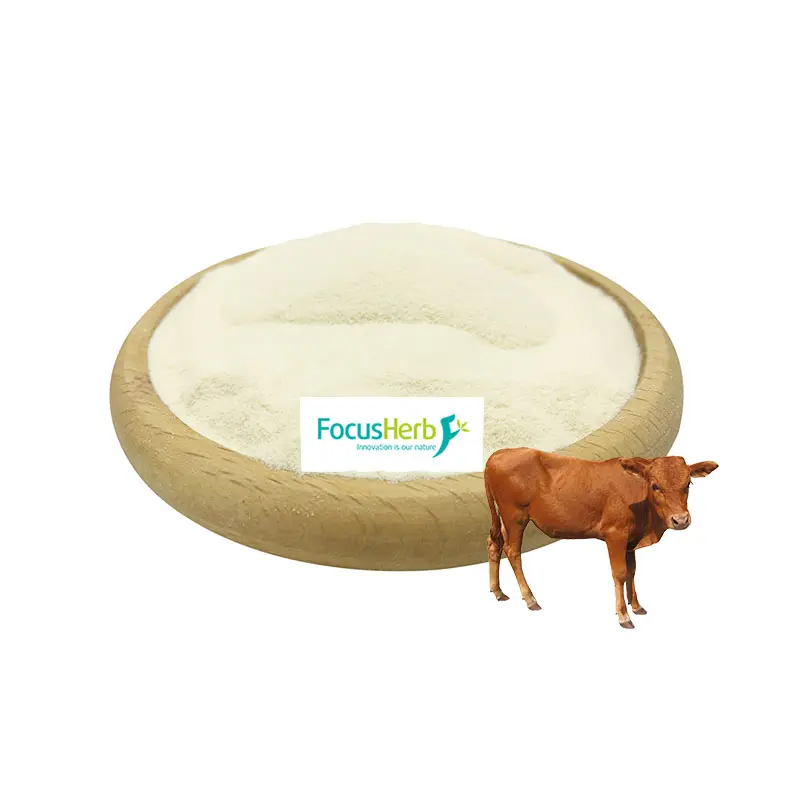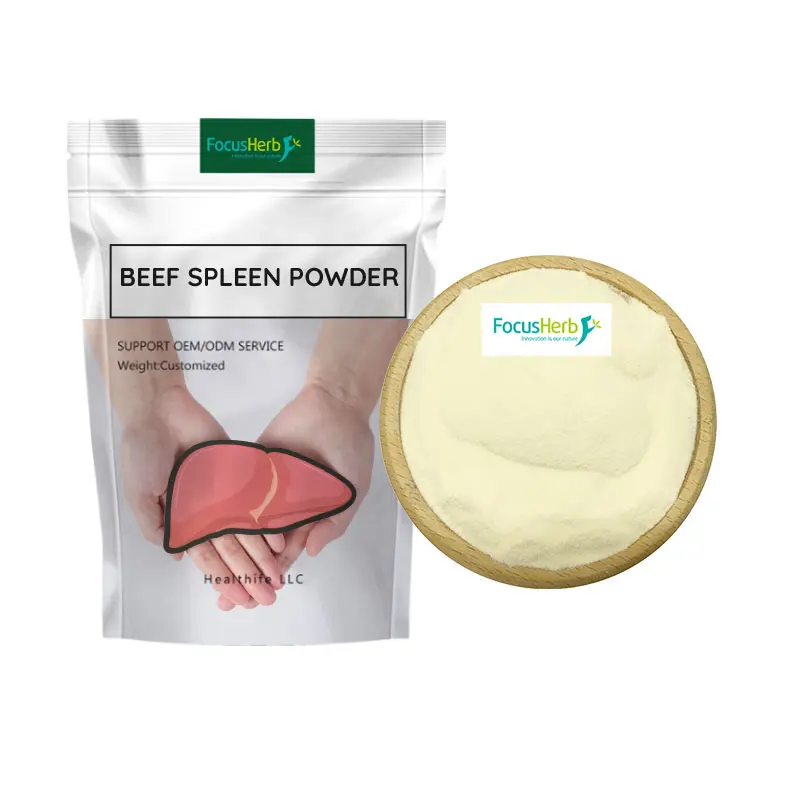African Mango Seed Extract contains a variety of components with potential impacts on human health, each one acting like a health secret carefully crafted by nature.
Leptin, a key component in African Mango Seed Extract, is a protein hormone secreted by adipose tissue. It plays a crucial role in energy metabolism and weight regulation. When body fat stores increase, adipocytes secrete more leptin. Once circulated, leptin crosses the blood-brain barrier and binds to specific receptors in the hypothalamus. This binding acts like a “satiety switch” in the body, effectively suppressing appetite and reducing food intake. Leptin also promotes fat breakdown and increases energy expenditure, thereby helping maintain a healthy weight. For example, when we are full and satisfied, our fat cells secrete more leptin, which signals to the brain, “I’m full and don’t need to eat anymore,” prompting us to stop eating. The leptin in African Mango Seed Extract may offer potential support for those struggling with weight problems or seeking to maintain a healthy weight, by regulating appetite and energy metabolism, helping them achieve their desired weight goals. Water-soluble fiber is also a key component of African Mango Seed Extract. This fiber dissolves in water, forming a viscous substance. It has numerous benefits for the human digestive system. Firstly, water-soluble fiber increases the bulk of food in the intestines, promoting a feeling of fullness and reducing the intake of other high-calorie foods. This is a valuable aid for those seeking weight management. Secondly, it regulates the balance of intestinal flora, promoting the growth of beneficial bacteria and inhibiting the proliferation of harmful bacteria, thus helping to maintain intestinal health. Water-soluble fiber also slows the digestion and absorption of carbohydrates, thus buffering blood sugar levels. This is important for diabetics or those with poor blood sugar control. For example, the water-soluble fiber found in oatmeal forms a viscous substance in the stomach, which helps maintain a feeling of fullness for a longer period of time, reduces hunger, and aids digestion and absorption. The water-soluble fiber in African Mango Seed Extract may play a positive role in maintaining intestinal health, aiding weight management, and stabilizing blood sugar levels.
Vitamin C also plays a role in African Mango Seed Extract. Vitamin C is a powerful antioxidant that neutralizes free radicals in the body and reduces their cellular damage. Free radicals are unstable molecules produced during metabolism. They have strong oxidative activity and can attack various biomolecules within cells, such as DNA, proteins, and lipids, leading to cell aging, disease, and even cell death. Vitamin C can capture these free radicals and convert them into stable substances, protecting cells from damage. Vitamin C is also involved in the synthesis of collagen, a vital component of tissues such as skin, bones, and blood vessels. Adequate vitamin C helps maintain skin elasticity and radiance, promotes wound healing, and strengthens bone and blood vessel health. The vitamin C in African Mango Seed Extract acts as an antioxidant boost, helping us resist the ravages of time and the environment and maintain the normal function of various tissues and organs.
Protein is the building block of human cells and tissues, and African Mango Seed Extract also contains a certain amount of protein. These proteins are composed of various amino acids, which are essential nutrients for human life. Amino acids are involved in various physiological processes in the body, such as enzyme catalysis, hormone regulation, and antibody immunity. Protein also provides energy for the body. When carbohydrates and fats are insufficient, protein can be broken down into amino acids, which are then metabolized to generate energy to maintain normal bodily function. The protein in African Mango Seed Extract provides vital nutrients for the body, providing the material foundation for various bodily functions and helping it maintain optimal health.
Flavonoids are also a component of African Mango Seed Extract. Flavonoids exhibit various biological activities, particularly antioxidant and anti-inflammatory properties. In terms of antioxidant activity, flavonoids, similar to vitamin C, can scavenge free radicals in the body, protecting cells from oxidative damage and preventing the development of chronic diseases such as cardiovascular disease and cancer. As anti-inflammatory agents, flavonoids can inhibit the release of inflammatory mediators and reduce inflammatory responses. Many chronic diseases, such as arthritis and enteritis, are closely linked to inflammation. By reducing inflammation, flavonoids can help alleviate symptoms of these diseases and promote recovery. Flavonoids may also have protective effects on the cardiovascular system, lowering blood lipids, inhibiting platelet aggregation, and dilating blood vessels, thereby reducing the risk of heart disease and stroke. The flavonoids in African Mango Seed Extract are like adding a powerful barrier to the body’s health defense line, maintaining the body’s health from multiple aspects.
 A Comprehensive Analysis of Health Benefits
A Comprehensive Analysis of Health Benefits
(I) A New Aid in Weight Loss and Body Slimming
Amidst the proliferation of weight loss methods, African Mango Seed Extract has gradually gained attention for its unique weight loss benefits. Multiple research studies strongly support its weight loss efficacy. One study, published in the Journal of Lipids in Health and Disease, yielded compelling results. Participants took 1.05 grams of African mango seed extract three times daily for one month. During this period, all participants followed a uniform calorie diet and did not exercise. After one month, the surprising results emerged: the African mango seed group experienced an average weight loss of 5.26 ± 2.37%, with a decrease in body fat and a significant reduction in waist circumference. This data clearly demonstrates the significant weight loss benefits of African Mango Seed Extract.
In terms of its mechanism of action, leptin in African Mango Seed Extract plays a key role. Leptin, a protein hormone secreted by adipose tissue, is closely linked to appetite regulation and metabolism. Leptin resistance is common in obese people. This hinders leptin’s ability to transmit satiety signals to the brain, leading to difficulty controlling appetite and overeating. African Mango Seed Extract can increase leptin levels and enhance leptin sensitivity, allowing the brain to more accurately receive satiety signals. Once the brain receives the “full” signal, it suppresses appetite and reduces food intake. Like a malfunctioning signal transmission system, African Mango Seed Extract acts like a skilled repairman, restoring normal signal transmission and enabling the body to properly control food intake.
Boosting metabolism is another important way African Mango Seed Extract aids weight loss. The rate at which the body burns fat is known as metabolic rate. Slow metabolism is a common problem in obese people, making it more likely for fat to accumulate. Components in African Mango Seed Extract can increase levels of adiponectin, a hormone produced by fat cells and crucial for controlling the body’s metabolic rate. Studies have shown that increasing adiponectin levels with African Mango Seed Extract significantly increases metabolic activity and accelerates fat burning. This is like adding fuel to the body’s combustion engine, enabling it to burn fat and consume energy more efficiently. Once the number of calories burned exceeds the number of calories absorbed, the body begins to draw on stored fat for energy, leading to weight loss.
In addition to regulating leptin and boosting metabolism, the water-soluble fiber in African Mango Seed Extract also plays a crucial role in weight loss. Once these fibers enter the body, they take longer to leave the stomach and delay gastric emptying, effectively reducing hunger. When we consume products containing African Mango Seed Extract, the water-soluble fiber forms a viscous substance in the stomach, increasing stomach volume and promoting a feeling of fullness. This feeling of fullness reduces the intake of other high-calorie foods, thus controlling calorie intake from the source. When calorie intake decreases, the body naturally draws on its fat reserves for energy, leading to weight loss. Like a caring health partner, African Mango Seed Extract works synergistically in multiple ways, providing a natural and effective new weight loss aid for dieters.
(II) Guardian of the Cardiovascular System
Cardiovascular disease is one of the leading global threats to human health, and African Mango Seed Extract has demonstrated a positive impact in maintaining cardiovascular health. Like a loyal guardian, it silently builds a strong defense for the cardiovascular system.
High cholesterol levels are a major risk factor for cardiovascular disease. African Mango Seed Extract has demonstrated significant efficacy in lowering cholesterol levels. A systematic review of randomized controlled trials of African mango found that Irvingia gabonensis supplementation had a beneficial effect on participants’ lipid profiles. The high soluble fiber content of African mango plays a key role in lowering plasma cholesterol and triglycerides. Soluble fiber binds to cholesterol in the intestines, forming a poorly absorbed complex, thereby reducing cholesterol absorption and lowering blood cholesterol levels. It also promotes cholesterol metabolism and excretion, further lowering cholesterol levels. Like a highly effective “cholesterol sweeper,” it removes excess cholesterol from the blood, improving blood lipid profiles. An early study in patients with type 2 diabetes also provides strong evidence for the cardiovascular health benefits of African Mango Seed Extract. Researchers administered Irvingia gabonensis orally to patients with type 2 diabetes for one month, with promising results. Patients experienced reductions in blood sugar, total cholesterol, and triglycerides, while also increasing levels of “good” high-density lipoprotein (HDL) cholesterol. HDL cholesterol, known as “good cholesterol,” transports cholesterol from blood vessels to the liver for metabolism and excretion, and has anti-atherosclerotic properties. African Mango Seed Extract regulates blood lipids, increasing HDL cholesterol levels and reducing cholesterol deposition in blood vessels, thereby lowering the risk of atherosclerosis and effectively protecting the cardiovascular system.
The flavonoids in African Mango Seed Extract also contribute to cardiovascular health. Flavonoids possess antioxidant and anti-inflammatory properties, both of which are crucial for cardiovascular health. Flavonoids, as antioxidants, scavenge free radicals in the body, reducing damage to endothelial cells. Endothelial cells are a layer of cells lining the inner walls of blood vessels. Their integrity is crucial for maintaining normal vascular function. Free radicals attack endothelial cells, causing cell damage and weakening the vessel wall, making them susceptible to inflammation and thrombosis. Flavonoids, like brave “free radical warriors,” fiercely combat free radicals and protect endothelial cells from damage. Flavonoids have anti-inflammatory properties, inhibiting the release of inflammatory mediators and alleviating the inflammatory response. Inflammation plays a key role in the development and progression of cardiovascular disease, leading to inflammatory infiltration of the vessel wall and promoting the formation of atherosclerosis. By reducing inflammation, flavonoids reduce the risk of cardiovascular disease and safeguard the health of the cardiovascular system. African Mango Seed Extract, through the synergistic action of its multiple components, acts as a reliable protector of the cardiovascular system, offering new hope for the prevention of cardiovascular disease.
(III) Blood Sugar Regulator
With the increasing incidence of diabetes, finding effective methods for blood sugar regulation has become a crucial issue in medicine and health. African Mango Seed Extract demonstrates a unique mechanism of action in regulating blood sugar, offering new hope for diabetic patients. It acts like a professional “blood sugar regulator,” precisely controlling blood sugar levels.
From its mechanism of action, the various components in African Mango Seed Extract work together to play a crucial role in blood sugar regulation. Soluble fiber plays a key role in this process. When we consume foods or supplements containing African Mango Seed Extract, the soluble fiber enters the intestines, acting like a fine “filter” that slows the digestion and absorption of carbohydrates. Carbohydrates are broken down into glucose in the intestines and then absorbed into the bloodstream, causing blood sugar to rise. Soluble fiber forms a viscous substance that coats the carbohydrates, reducing their exposure to digestive enzymes and slowing carbohydrate digestion and glucose absorption. This acts like a brake on a rapidly rising blood sugar train, slowing the rise and preventing drastic blood sugar fluctuations.
African Mango Seed Extract may also regulate blood sugar by affecting insulin sensitivity. Insulin is a hormone secreted by the pancreas. Its primary function is to promote the uptake and utilization of glucose by cells, thereby lowering blood sugar levels. Insulin resistance is a common problem for people with diabetes, especially type 2 diabetes. This reduces cellular sensitivity to insulin, preventing it from working effectively and leading to elevated blood sugar levels. Some studies suggest that certain components in African Mango Seed Extract may improve insulin sensitivity and enhance insulin’s ability to bind to cell surface receptors, enabling cells to better respond to insulin signals, taking up glucose from the blood and converting it into energy. This is like finding a more suitable lock for the insulin “key,” allowing insulin to smoothly open the cellular “door” and deliver glucose into the cells, thereby lowering blood sugar levels.
For people with diabetes, African Mango Seed Extract has many potential benefits. Stabilizing blood sugar levels can reduce the risk of diabetic complications. Chronic high blood sugar levels can damage various organs and systems in the body, leading to complications such as diabetic nephropathy, diabetic retinopathy, and diabetic neuropathy. By regulating blood sugar, African Mango Seed Extract helps protect the health of these organs and systems, improving the quality of life for people with diabetes. Good blood sugar control also helps improve the overall health of diabetics, boosting immunity and reducing the risk of infections. For those currently taking medication for diabetes, African Mango Seed Extract may also serve as an adjunctive therapy, working synergistically with medication to enhance therapeutic efficacy and reduce dosage and side effects. While African Mango Seed Extract has shown promise in regulating blood sugar, diabetics should exercise caution when using it. It should only be used under the guidance of a doctor and should not replace regular medication.
 Exploring Application Areas
Exploring Application Areas
(I) Health Supplements: A New Health Favorite
In the health supplement market, African Mango Seed Extract has become a highly sought-after ingredient. African mango seed extract capsules, such as Healthy Care Australian Mango Seed Extract Capsules, are a common supplement. Each capsule contains 500 mg of African mango seed extract. Rich in dietary fiber, these capsules are a popular choice for those seeking a healthy weight. They can effectively reduce food cravings, accelerate metabolism, and even help regulate blood sugar levels for those experiencing excessive dieting.
Some liquid health supplements combine African Mango Seed Extract with other nutrients, such as multivitamins and minerals, to create comprehensive nutritional supplements. Consumers simply follow the instructions and take a prescribed daily dose to enjoy the nutritional benefits of African Mango Seed Extract, such as promoting fat metabolism and regulating blood lipids. These supplements are commonly sold in major pharmacies, health supplement stores, and online e-commerce platforms, providing convenient purchasing channels for consumers.
(II) Food Industry: Quiet Penetration
African Mango Seed Extract has also begun to quietly penetrate the food industry. Some beverage brands have launched functional beverages containing African Mango Seed Extract. These beverages retain the unique tart flavor of African mango while cleverly tweaking the formula to better suit the taste preferences of the general public. Nutritionally, African Mango Seed Extract adds health benefits such as weight loss and lipid regulation to the beverages, satisfying consumers’ demand for healthy drinks. Whether it’s for post-workout energy or a refreshing refreshment during daily work, these functional beverages are a great choice.
African Mango Seed Extract is also used in baked goods. Some bakeries are adding it to products like bread and biscuits, giving these traditional baked goods a new nutritional boost while also providing consumers with a healthy snack option. Imagine enjoying a crispy biscuit while also consuming the beneficial benefits of African Mango Seed Extract – this undoubtedly increases the appeal of the food. This approach of incorporating healthy ingredients into everyday foods not only enriches the food variety but also allows consumers to easily maintain their health while enjoying delicious food.
(III) Cosmetics Industry: Emerging Prominence
In the cosmetics industry, African Mango Seed Extract is also making a name for itself. Rich in antioxidants such as flavonoids and vitamin C, it effectively combats free radical damage and slows down aging, making it widely used in skincare products. Some creams and lotions contain African Mango Seed Extract, which deeply nourishes the skin, enhancing elasticity and radiance, and reducing the appearance of wrinkles. Long-term use can improve the overall condition of the skin, making it firmer and smoother.
African Mango Seed Extract also has anti-inflammatory properties, making it a valuable addition to skincare products for sensitive skin. For those prone to allergies, redness, swelling, and itching, skincare products containing African Mango Seed Extract can reduce inflammation, soothe discomfort, and help restore skin to a healthy state. Adding African Mango Seed Extract to cleansing products can replenish nutrients while cleansing the skin, maintaining moisture balance and preventing dryness and tightness caused by over-cleansing.
Extraction Process and Quality Control
Extracting the active ingredients from African mango requires a scientific and meticulous process. Every step is like carving a precious work of art, requiring no carelessness.
Currently, commonly used extraction methods include solvent extraction and supercritical fluid extraction. Solvent extraction is a more traditional and widely used method, typically using solvents such as water and ethanol. When using water as the solvent, African mango seeds are crushed, then an appropriate amount of water is added, and the mixture is soaked and stirred at a certain temperature to fully dissolve the active ingredients in the seeds. This process is similar to soaking tea leaves in hot water, allowing the aroma and nutrients of the tea leaves to blend into the water. Afterwards, the water is removed from the solution through filtration and concentration, resulting in an extract containing the active ingredients. When using ethanol as the solvent, the extraction effect may vary due to the different solubility of different active ingredients in ethanol. By adjusting the ethanol concentration and extraction conditions, specific components can be extracted in a targeted manner.
Supercritical fluid extraction is a more advanced extraction technique that exploits the unique properties of supercritical fluids (such as carbon dioxide) in a supercritical state. When carbon dioxide is in a supercritical state, it possesses the low viscosity and high diffusivity of a gas, combined with the high density and excellent solubility of a liquid. When African mango seeds are placed in a supercritical carbon dioxide environment, the active ingredients are dissolved by the supercritical carbon dioxide. Then, by adjusting the pressure and temperature, the supercritical carbon dioxide returns to a gaseous state, allowing the active ingredients to be isolated. This method offers the advantages of high extraction efficiency and excellent selectivity, maximizing the retention of active ingredients in the extract while avoiding the potential residue problems associated with the use of organic solvents.
Quality control is paramount throughout the extraction process, as it is crucial to the safety and effectiveness of the extract, much like the importance of traffic regulations to traffic safety. Raw material selection is the source of quality control; only high-quality raw materials can produce high-quality extracts. When selecting African mango seeds, strict checks must be made regarding their origin, variety, and maturity. Due to differences in growing environments, the content and variety of active ingredients in African mango seeds from different origins may vary. For example, African mango seeds from Cameroon and Nigeria may exhibit subtle differences in composition. Maturity is also a key factor. Underripe seeds tend to have lower levels of active ingredients, while overripe seeds may be susceptible to pests and diseases, affecting the quality of the extract.
Every step in the production process requires rigorous monitoring. Parameters such as extraction temperature, time, and solvent dosage must be precisely controlled according to established standards. For example, if the extraction temperature is too high, it may cause the active ingredients to decompose or denature, affecting the extract’s efficacy. If it is too low, the extraction efficiency may be reduced, preventing the effective ingredients from being fully extracted. Time control is equally important. If the extraction time is too short, the active ingredients will not be fully dissolved, while if it is too long, impurities may be introduced, affecting the purity of the extract.
Quality testing is also crucial, requiring the use of advanced testing technologies and equipment to conduct comprehensive analysis of the extract. Common testing indicators include active ingredient content determination, purity testing, and heavy metal and pesticide residue testing. Techniques such as high-performance liquid chromatography (HPLC) and mass spectrometry (MS) can accurately determine the content of active ingredients such as leptin, water-soluble fiber, and flavonoids in the extract to ensure compliance with quality standards. Testing the purity of extracts ensures that the product is free of excessive impurities, improving product quality and safety. Testing for heavy metals and pesticide residues is designed to protect consumer health and prevent harm from consuming extracts containing harmful substances.
A Natural Essence with Unlimited Potential
As a precious substance derived from nature, African Mango Seed Extract, with its unique composition and remarkable health benefits, demonstrates tremendous development potential in multiple sectors. In the healthcare sector, as people’s awareness of health continues to grow, the demand for natural, safe health products is also increasing. African Mango Seed Extract, with its benefits for weight loss and regulating blood lipids and blood sugar, perfectly meets this market demand. In the future, it is expected to play an even more important role in the prevention and treatment of chronic diseases such as obesity, cardiovascular disease, and diabetes, making a greater contribution to human health.
In the health supplement market, the variety and market share of products using African Mango Seed Extract as a core ingredient are expected to continue to grow. With in-depth research and technological advancements, more targeted and effective health supplements will be launched to meet the health needs of different populations. In the food industry, African Mango Seed Extract will continue to be incorporated into more food categories, providing consumers with both delicious and healthy options. Its application will not only be more widespread in functional beverages and baked goods, but may also expand into other food categories, such as dairy products and snacks, allowing people to easily reap health benefits while enjoying delicious food. In the cosmetics industry, African Mango Seed Extract, thanks to its antioxidant and anti-inflammatory properties, will occupy a more prominent position in skincare and cosmetics. As people’s pursuit of skin health and beauty continues to rise, products containing African Mango Seed Extract will be increasingly popular with consumers. In the future, relevant companies are likely to increase their R&D investment to develop more high-quality, multifunctional cosmetics to meet consumers’ diverse skin care and beauty needs.
While African Mango Seed Extract holds great promise, it also faces certain challenges. For example, the stability of its raw material supply may be affected by factors such as the African mango’s growing environment and cultivation techniques. The cost and efficiency of the extraction process also need to be further optimized to reduce product costs and enhance market competitiveness. Further research on its safety and efficacy is needed to provide more robust scientific evidence and enhance consumer trust. We believe that through the concerted efforts of researchers, companies, and relevant institutions, these challenges will be gradually overcome. African Mango Seed Extract, a natural essence from the African continent, will shine even brighter in the fields of health and beauty, bringing greater health and beauty to people’s lives.



















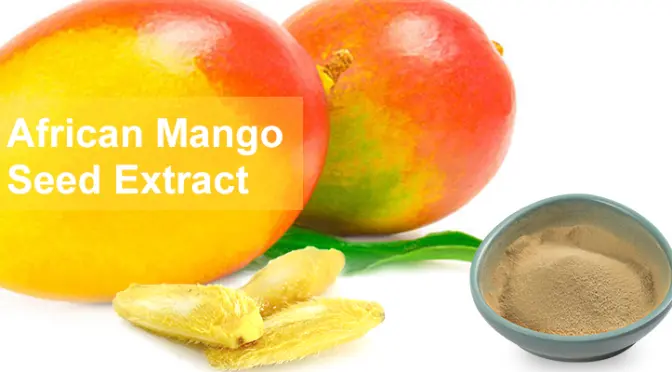
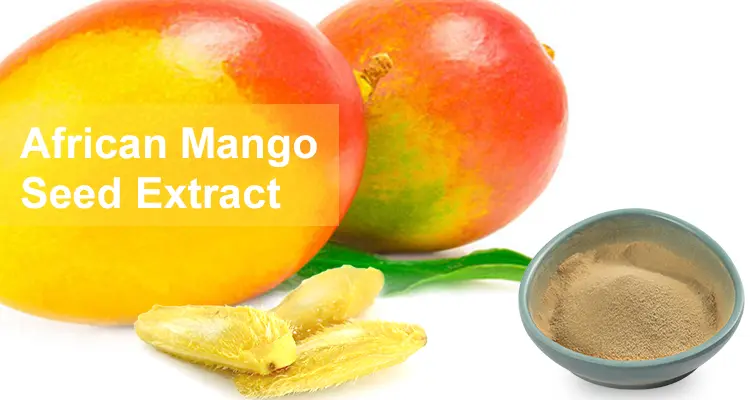 A Comprehensive Analysis of Health Benefits
A Comprehensive Analysis of Health Benefits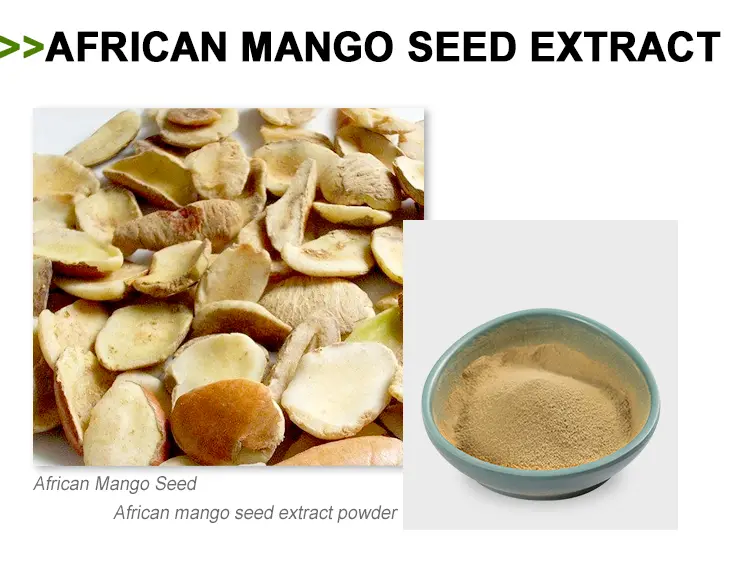 Exploring Application Areas
Exploring Application Areas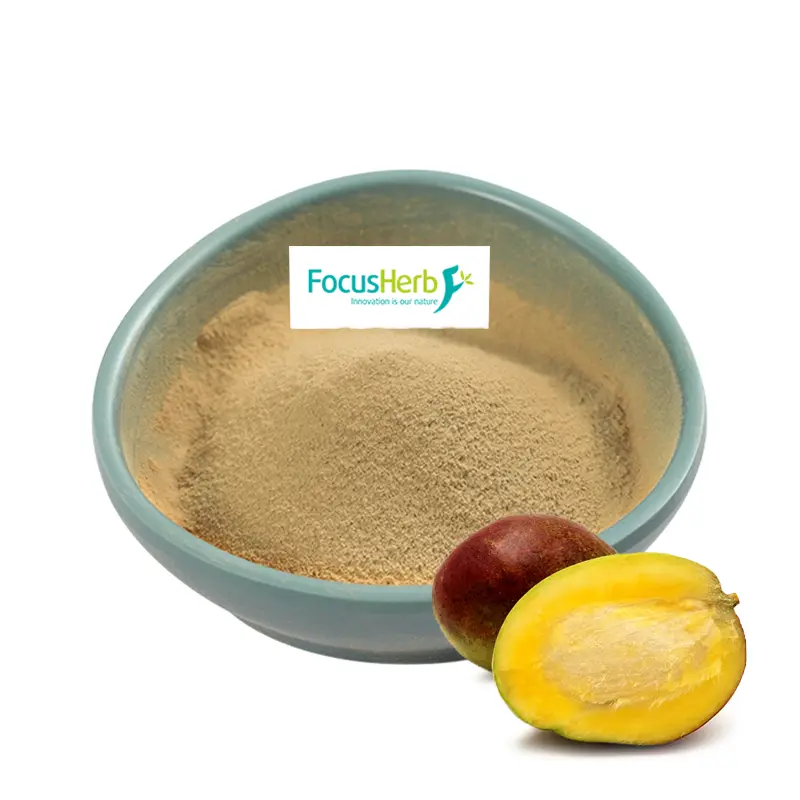
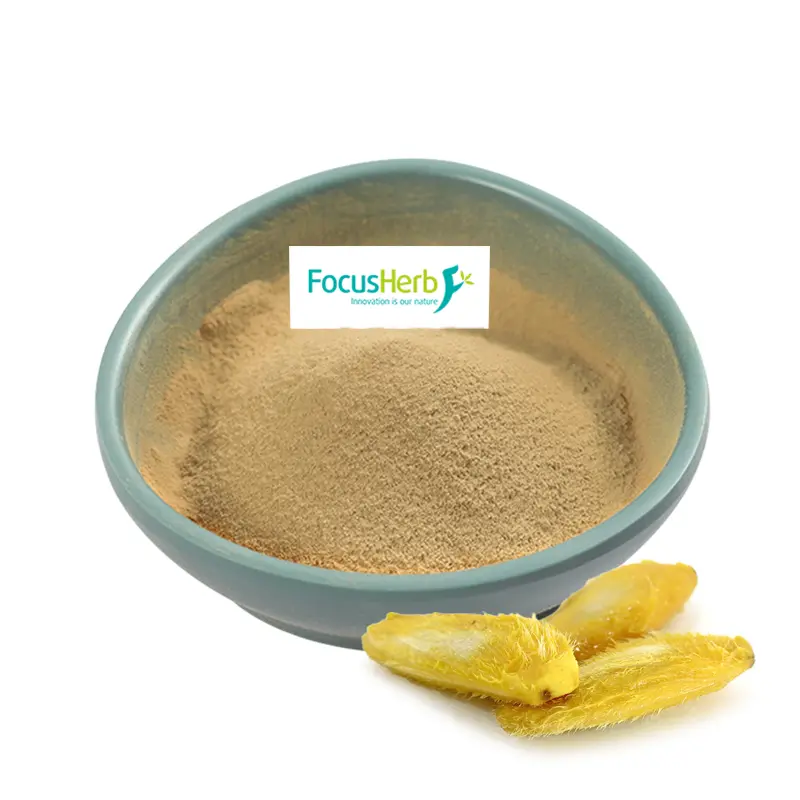

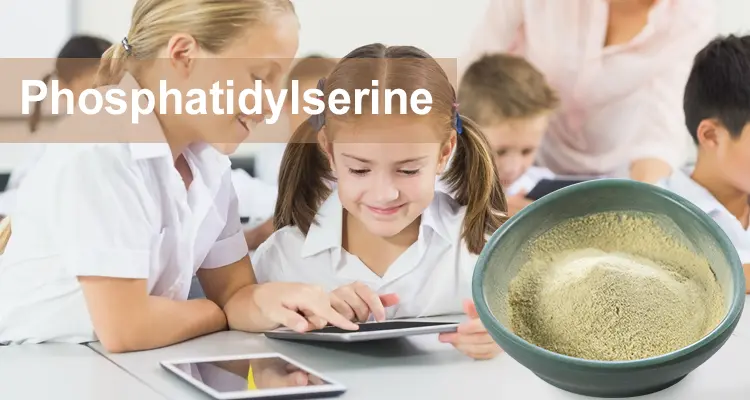
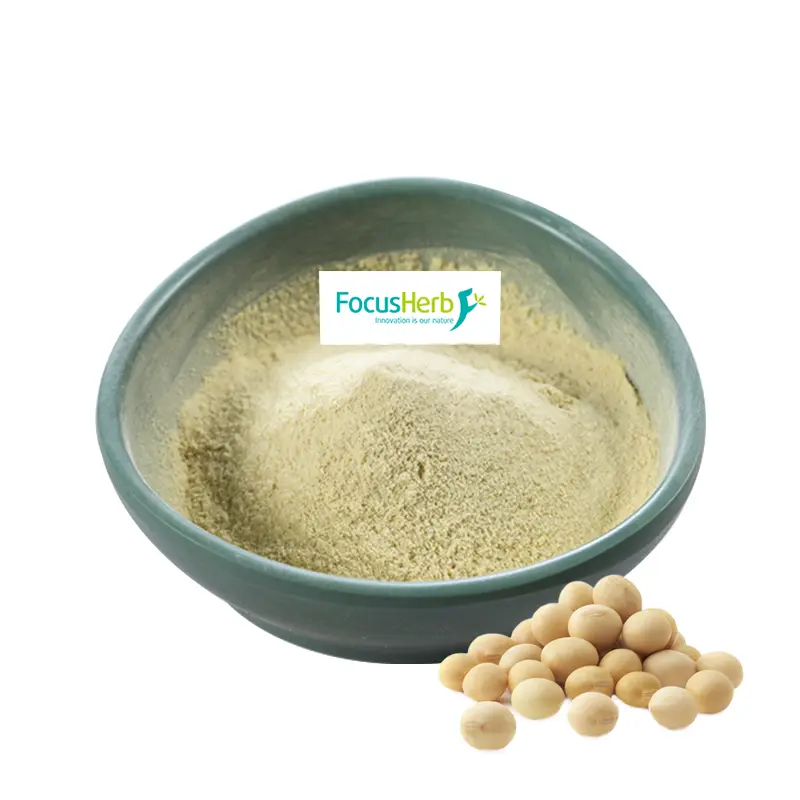
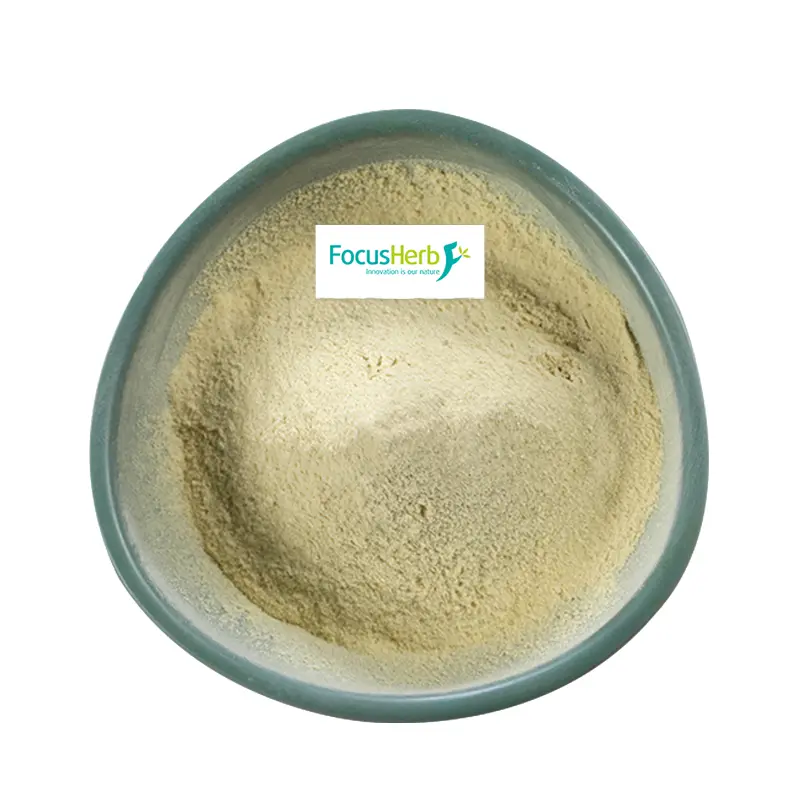

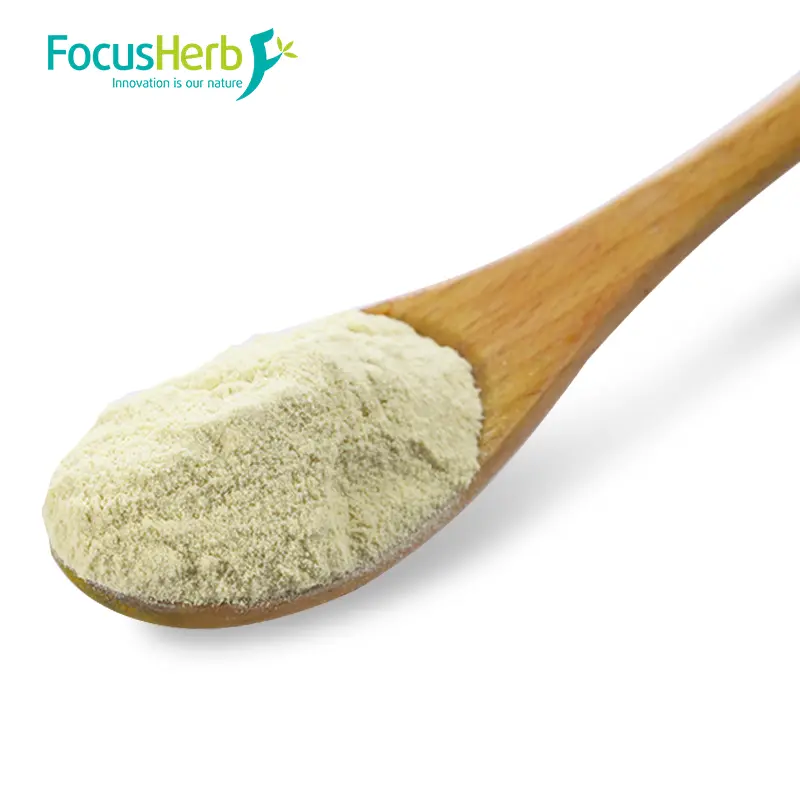
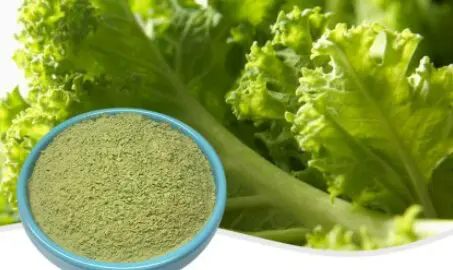
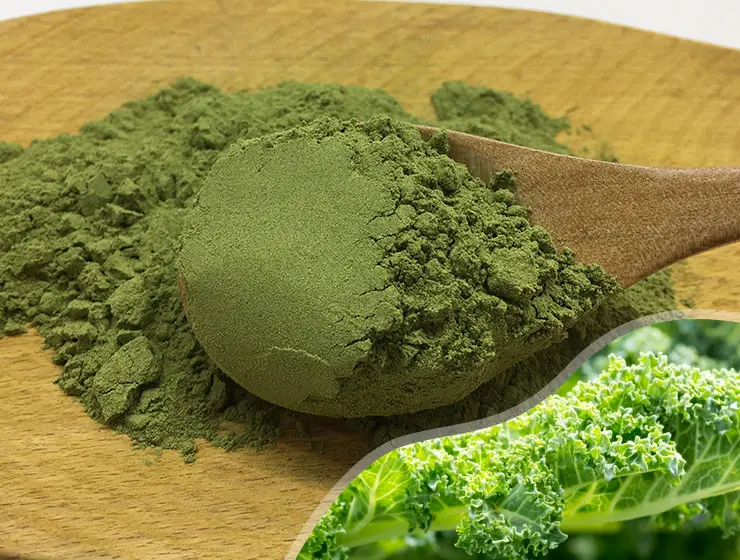
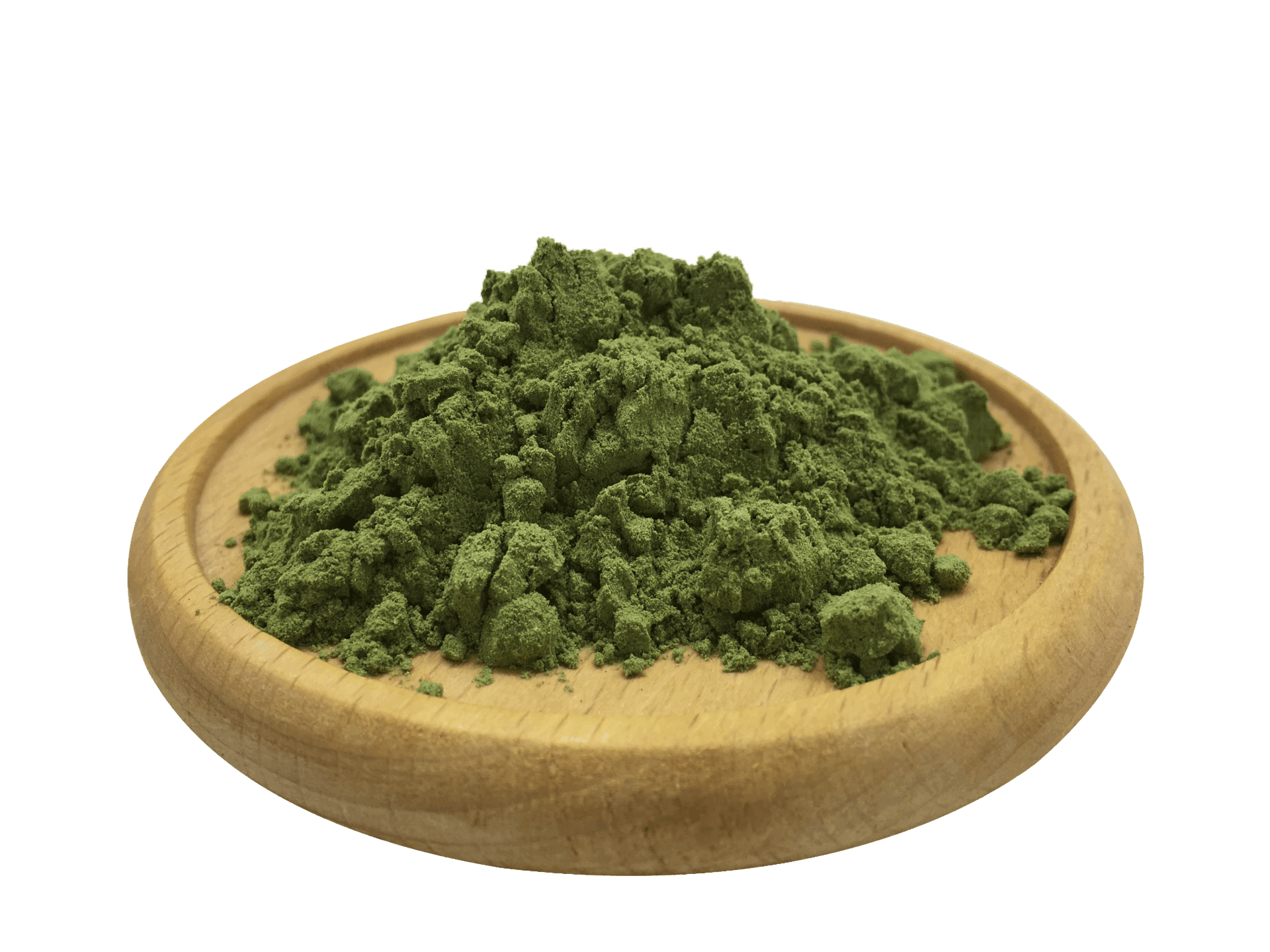
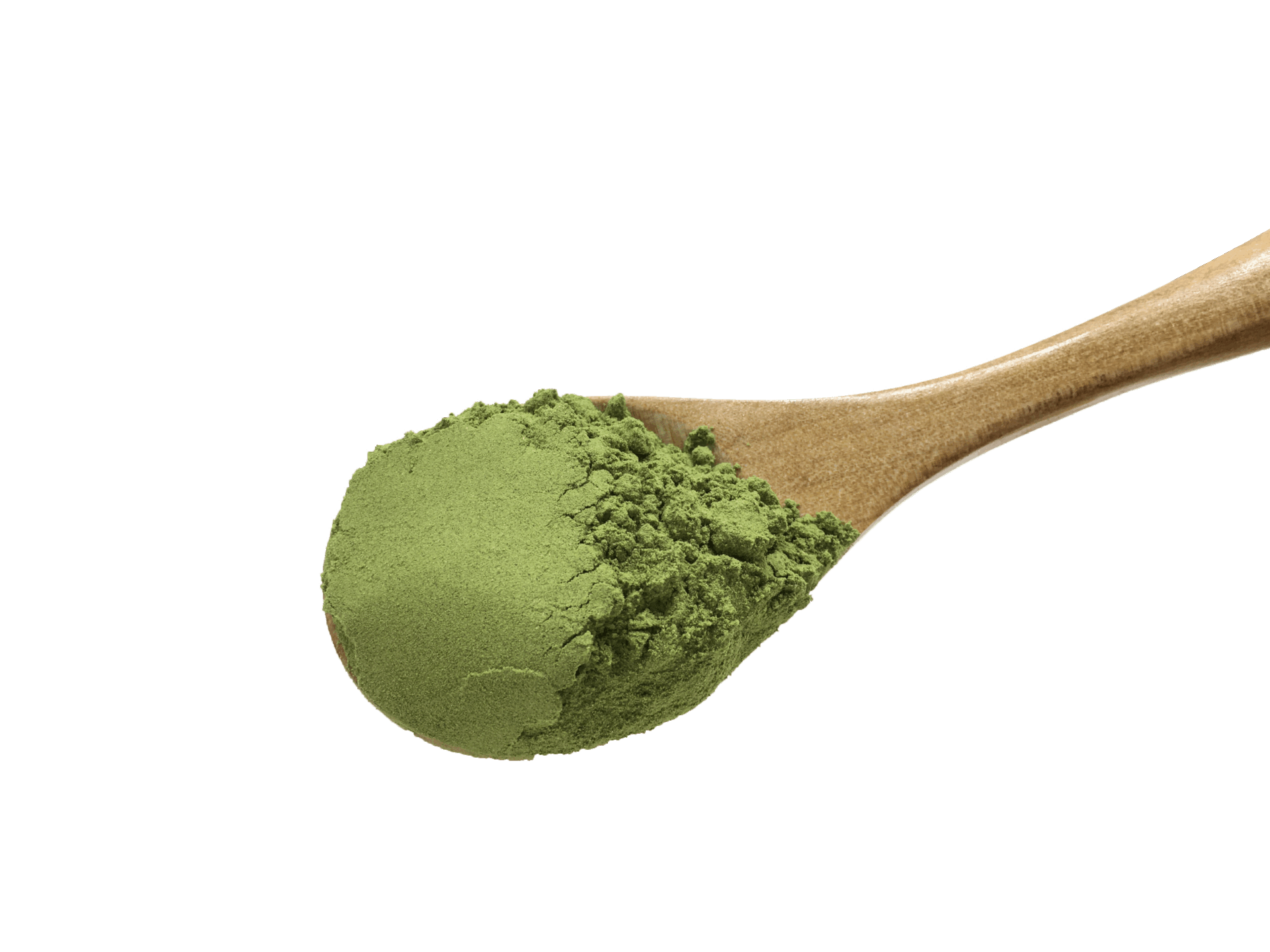
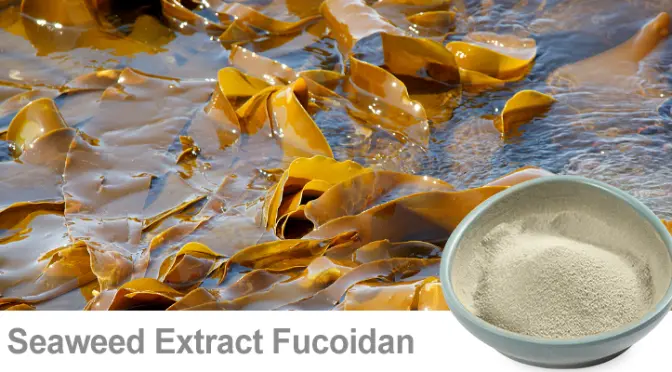
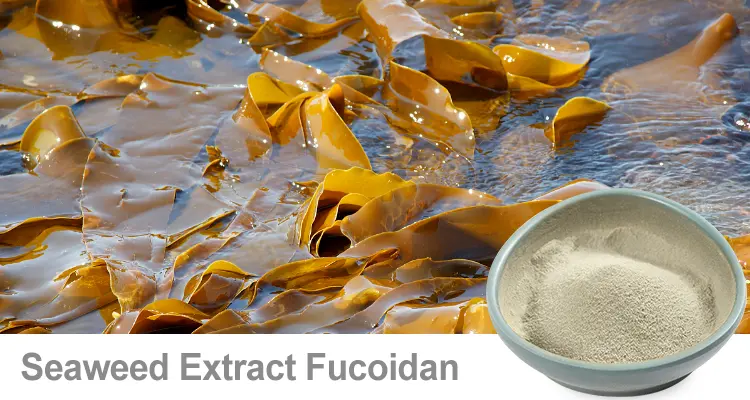 The Scientific Principles of Fucoidan’s Immunity Enhancement
The Scientific Principles of Fucoidan’s Immunity Enhancement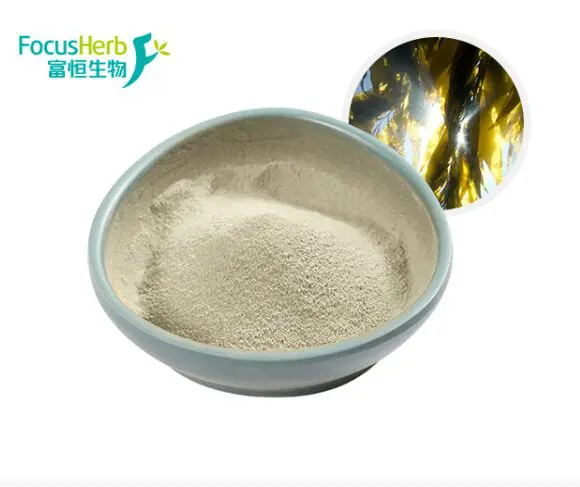
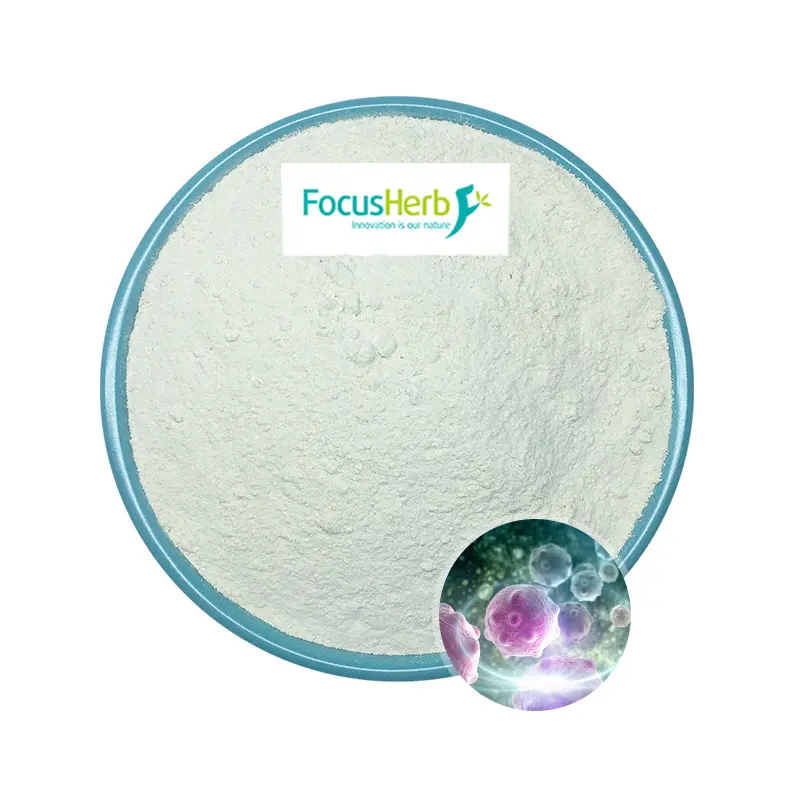
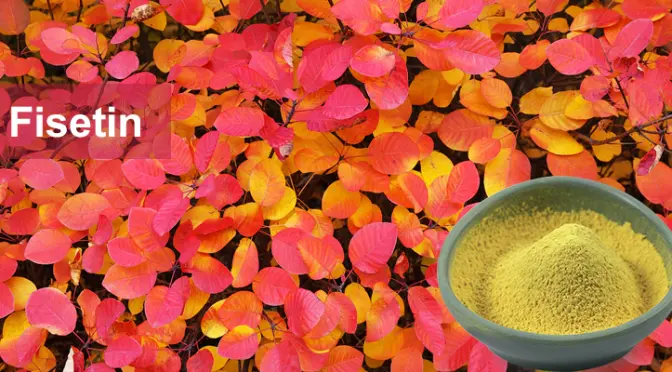
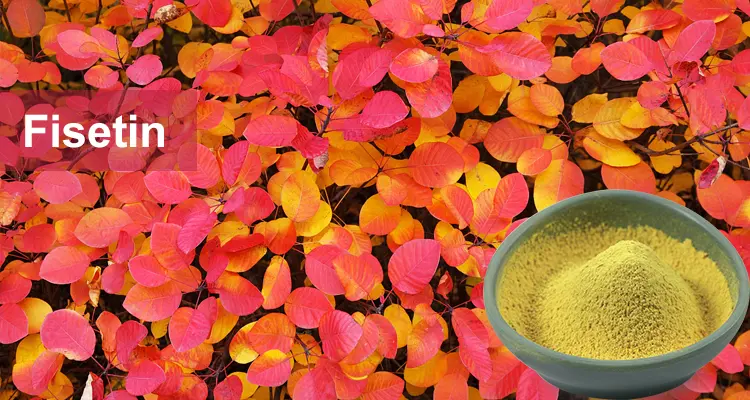 Senescent Cells: The Body’s “Time Bomb”
Senescent Cells: The Body’s “Time Bomb”